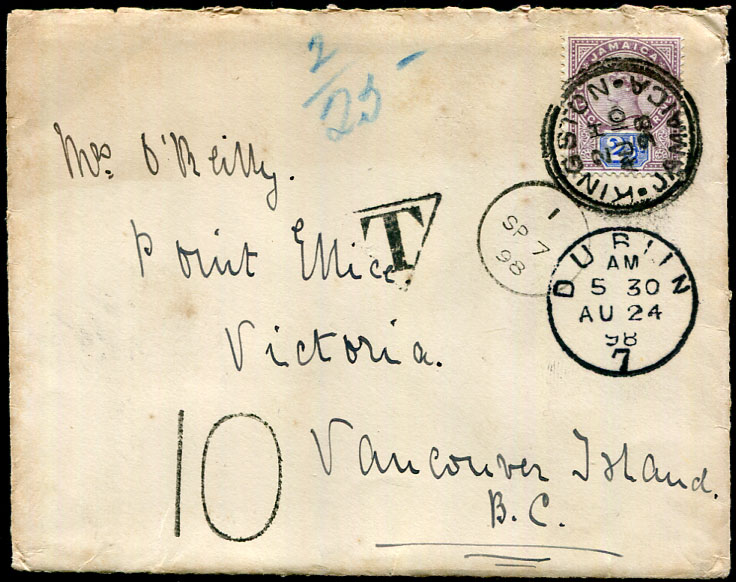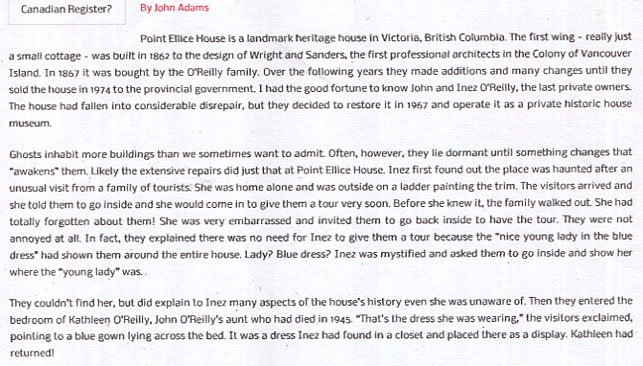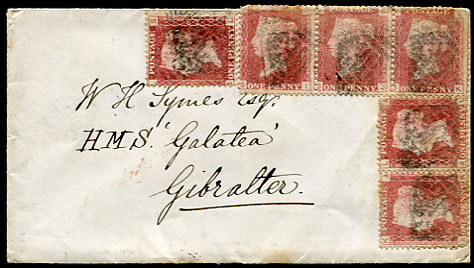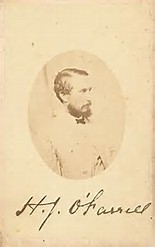

| The GHOSTS of POINT ELLICE HOUSE, the most haunted house on VANCOUVER ISLAND
1898 cover to Mrs (Caroline Agnes) O'Reilly (1831-1899, thought to appear as an apparition in the grounds of her house) at Point Ellice, Victoria, Vancouver Island pmk'd KINGSTON AU 10 98 and then mysteriously spirited some 4,432 miles to DUBLIN (AU 24 98, husband Peter originated from Ballybeg, Co. Meath, only 45 miles from Dublin) before travelling a further 4,502 miles to VICTORIA, B.C. PM/SP 6 98 per b/stamp) with I/SP 7 98 and "10" cents tax due handstamp added the next day, some soiling.
Husband Peter, former Indian Reserve Commissioner, is the subject of supernatural investigations at the house which went live on a YouTube video October 31 2020. Visitors and volunteers have had spooky encounters with lights switching on and off, a piano playing on its own, and apparitions chasing them away. In later years "a nice young lady in a blue dress" had shown visitors around the house giving many previously unknown facts, when questioned they went back inside the house and pointed to a blue gown lying across a bed, "that's the one she was wearing" in daughter Kathleen O'Reilly's bedroom. Kathleen had returned! For many years the whereabouts of the grave of Caroline Agnes was a mystery, but in her final year, being so ill, she made a last visit to her family in England, dying only a few days after arrival. Her remains lie in the cemetery at Cheriton, Folkestone (only 2.1 miles down the road, a 39 minute walk, from me!).
£475 | |



